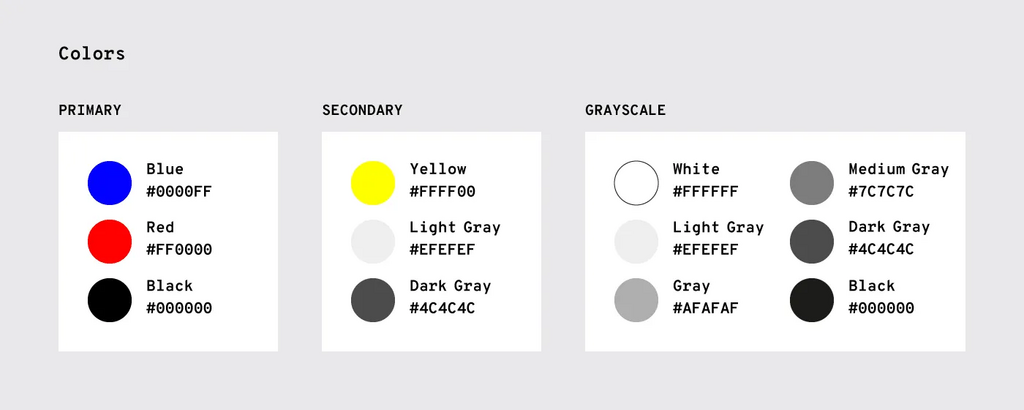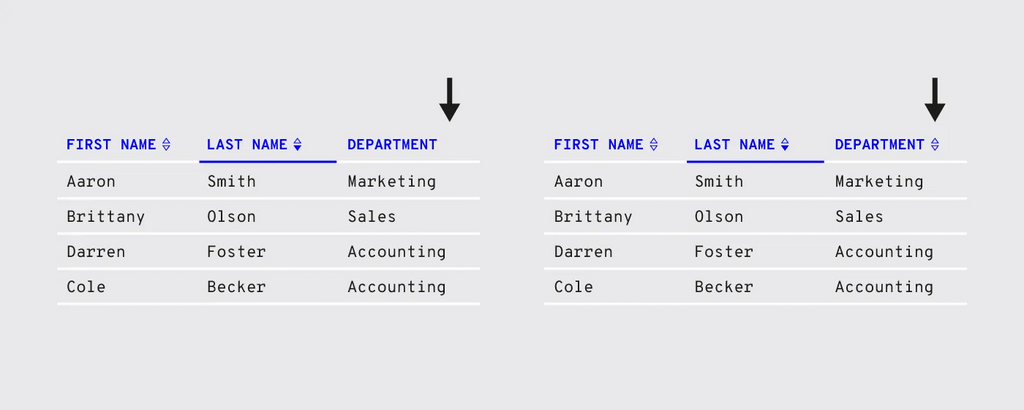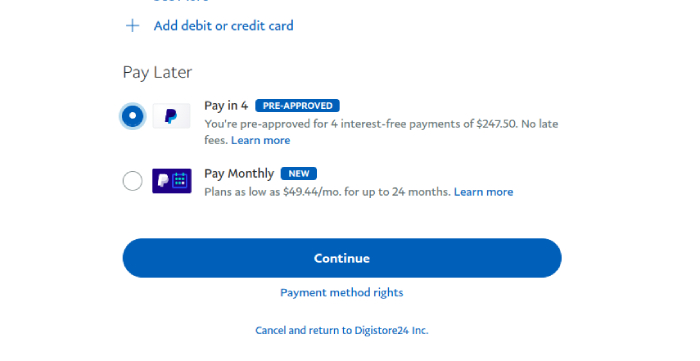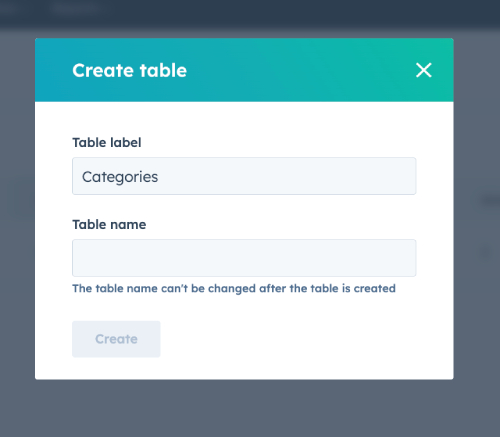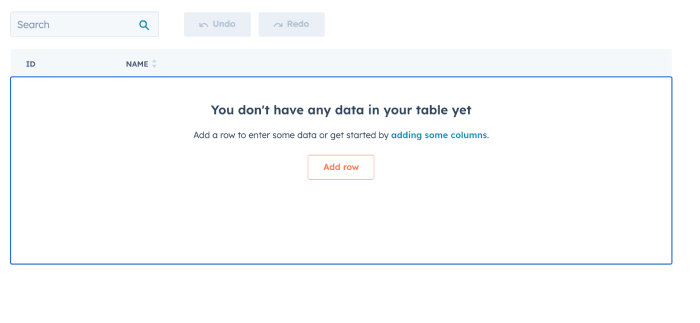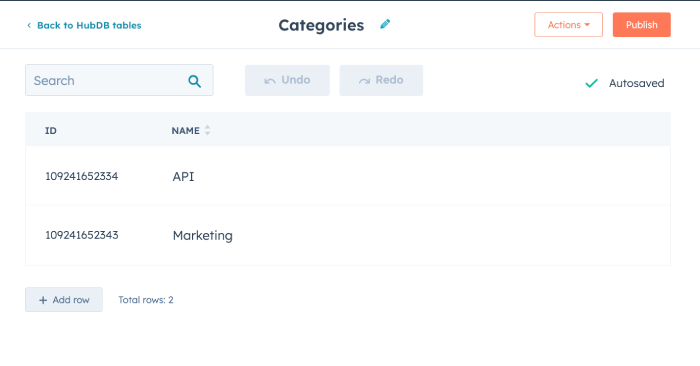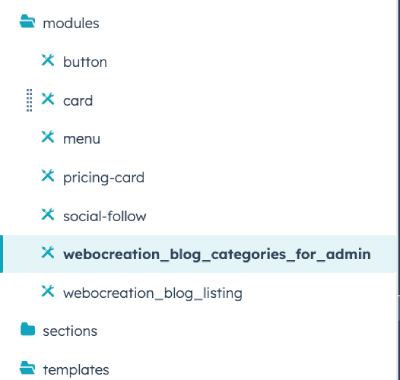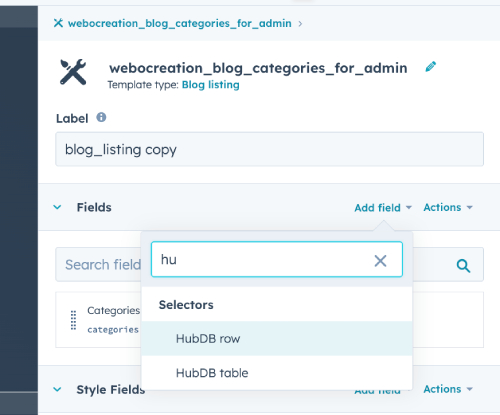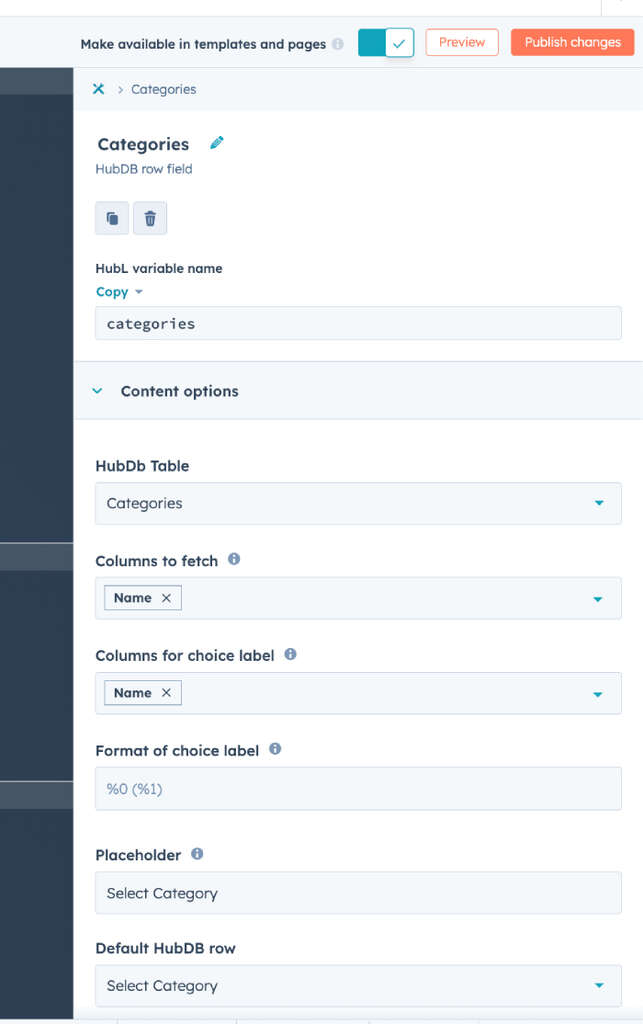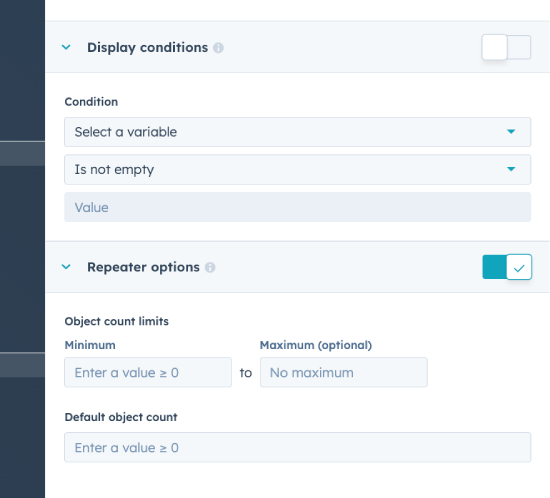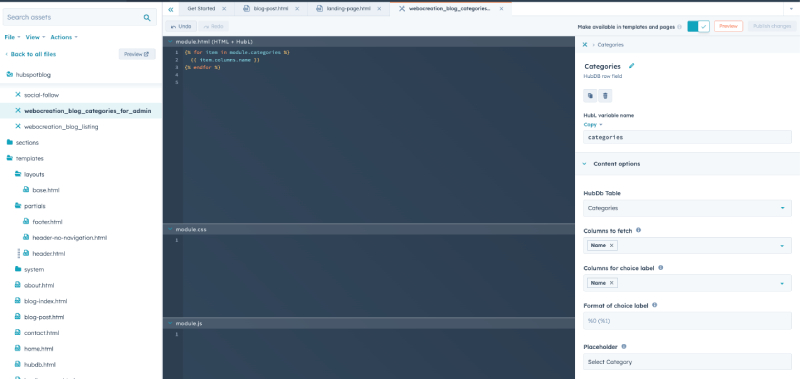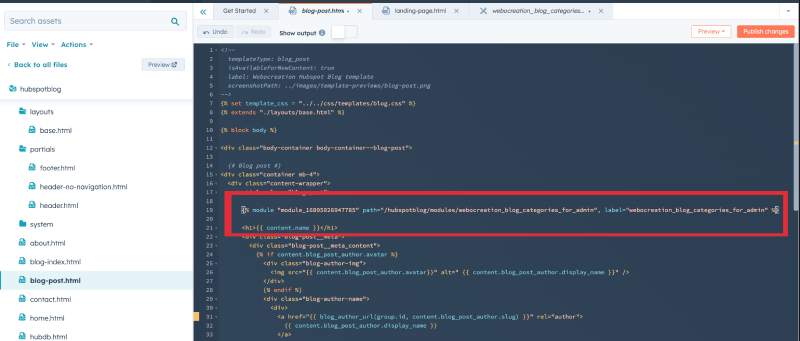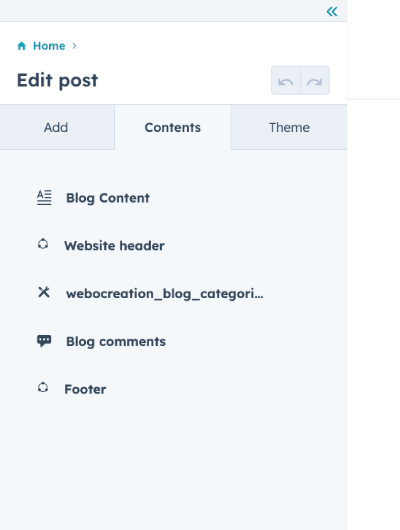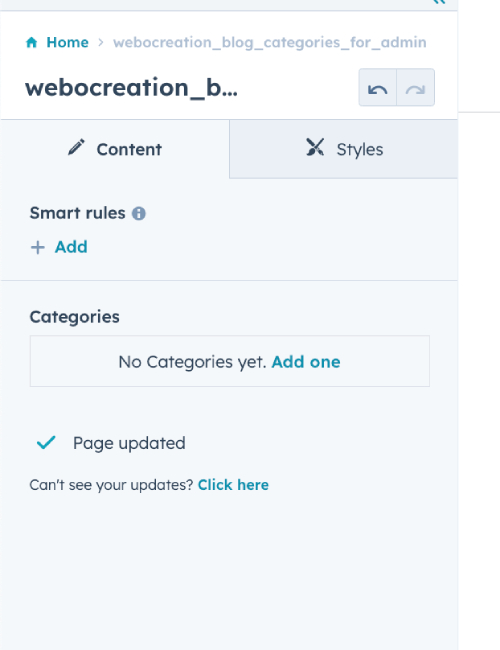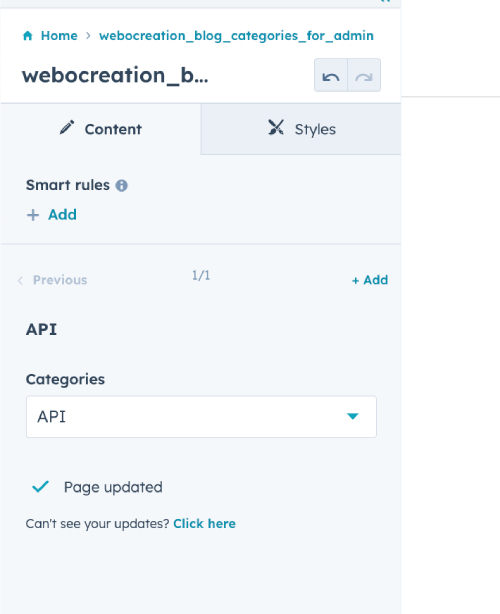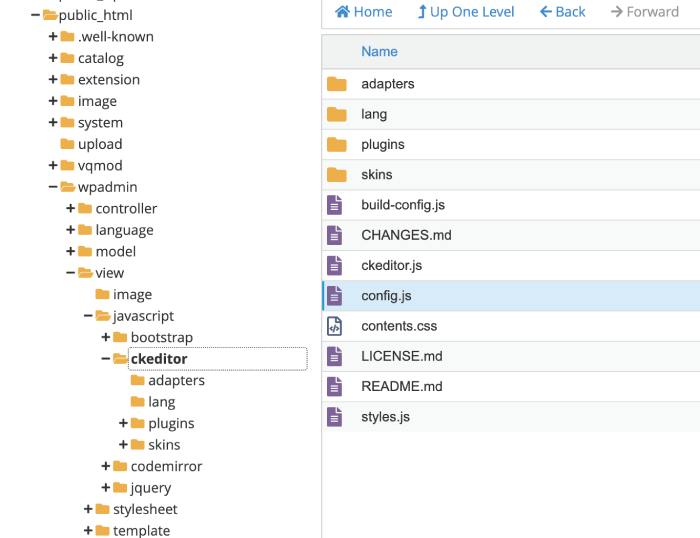In product development, there’s always a balancing act between user experience (UX) design and managing potential risks.
UX designers often focus on crafting an engaging, intuitive, and seamless user journey, maximizing functionality and enjoyment. On the flip side, risk management professionals are security gatekeepers, working diligently to guard against cyber threats and protect precious data.
However, both are crucial in creating modern digital products and striking the right balance is critical.
Principles of UX Design Essentials
User Experience Design, often abbreviated as UX design, zeroes in on the user’s comprehensive interaction with a product or service. Beyond just aesthetics, it’s about doinga thorough UX audit and crafting an interface that’s user-friendly and seamless.
Here are some fundamental principles that guide effective UX design:
- User-Centric Approach: The cornerstone of UX design is prioritizing the user. It’s all about grasping what the users need, desire, and their constraints, often through tools like user research and usability tests. Every choice should center around the user’s perspective.
- Simplicity: A well-designed product should be simple and easy to navigate. Avoid unnecessary complexity, and ensure every element serves a purpose. Remember: less is often more when it comes to UX design.
- Consistency: Consistency in design helps users feel familiar with your product. This can include consistent colors, fonts, and layout across different pages or sections.
- Feedback & Interaction: Users should receive immediate feedback after acting. This can be as simple as a button changing color when clicked or a message appearing after a form submission. This interaction helps users understand if their action was successful or not.
- Accessibility: A crucial principle of UX design is ensuring your product is accessible to as many people as possible. This includes considering users with disabilities and designing your product in a way everyone can use.
- Error Prevention & Recovery: A good UX design should anticipate and prevent potential errors before they happen. However, if an error does occur, provide clear instructions to the user on how to recover and proceed.
- Scalability: The design should be flexible to accommodate changes or additions in the future. It should also perform consistently across different devices and screen sizes.
Key Elements of Risk Management
Risk management is pivotal in any organization, helping identify, assess, and control threats to the company’s capital and earnings. These threats or risks could stem from various sources, including financial uncertainty, legal liabilities, strategic management errors, accidents, or natural disasters.
Here are three key elements that form the backbone of effective risk management:
Risk Identification
The first step in risk management involves identifying potential risks that could negatively impact an organization’s operations or projects. This process includes recognizing the risk sources, areas of impact, events, and their causes and potential consequences. Methods for identifying risks can range from data analysis and field inspections to brainstorming sessions and expert opinions.
Risk Assessment
Once risks have been identified, they must be assessed for their potential severity. This is usually done by analyzing the likelihood of each risk event occurring and the magnitude of its potential impact. Risk assessment tools include risk matrices, scenario analysis, or advanced statistical techniques. The output of this stage is a prioritized list of risks based on their potential effect on the organization.
Risk Mitigation
The final key element of risk management is risk mitigation or risk treatment. This involves developing strategies to reduce the potential damage of identified risks. Strategies can include transferring the risk to another party (like insurance), avoiding the risk, reducing the negative effect of the risk, or accepting some or all of the consequences of a particular risk.
The Synergy of UX Design and Risk Management
On the surface, UX design and risk management might appear worlds apart. Yet, when you dig a bit deeper, you’ll find both aim to ensure a smooth, effective, and secure user journey. This is where product strategy consulting can help.
Below are some examples of how the collaboration between UX design and risk management paves the way for stronger, more user-centric systems:
Shared Focus on User Experience
At their core, both UX design and risk management center around the user’s journey. UX designers make a product intuitive and engaging, basing their strategies on user needs, actions, and feedback. Conversely, risk managers aim to guarantee that users complete tasks without stumbling upon potential hazards, ensuring a consistent user experience.
By collaborating, UX designers and risk managers can forge a setting that balances user-centric and steadfast. Applying design ops principles works towards shaping a product or system that lessens the chances of user mistakes, system glitches, or security threats.
Predictive Analysis
Both UX design and risk management hinge on forward-thinking analysis. UX designers employ this approach to analyze user interactions with a product, anticipating challenges and finding solutions. Similarly, risk managers use similar analyses to identify possible threats, measure their consequences, and devise plans to counteract them.
This mutual emphasis on forward-thinking can nurture a partnership between the two fields, resulting in a deeper awareness of potential challenges and user reactions. Organizations can preemptively tackle potential issues by weaving UX design perspectives with risk management approaches before they escalate.
Mitigation Strategies
Finally, both UX design and risk management involve developing mitigation strategies. For UX designers, this might mean designing an interface to prevent user errors or confusion. For risk managers, it could involve creating a plan to handle potential security threats or system failures.
The overlapping goals between UX design and risk management offer collaboration opportunities to amplify user experience. With the right mitigation plans, they can guarantee a system that addresses user needs while shielding them from potential hazards.
Take a Well-Balanced Approach to UX Design and Risk Management
Though UX design and risk management might approach from varied perspectives, they both aim for a shared outcome – developing a product that caters to users both efficiently and safely. By tapping into this combined strength, organizations can roll out systems that engage users while ensuring security and reliability.



